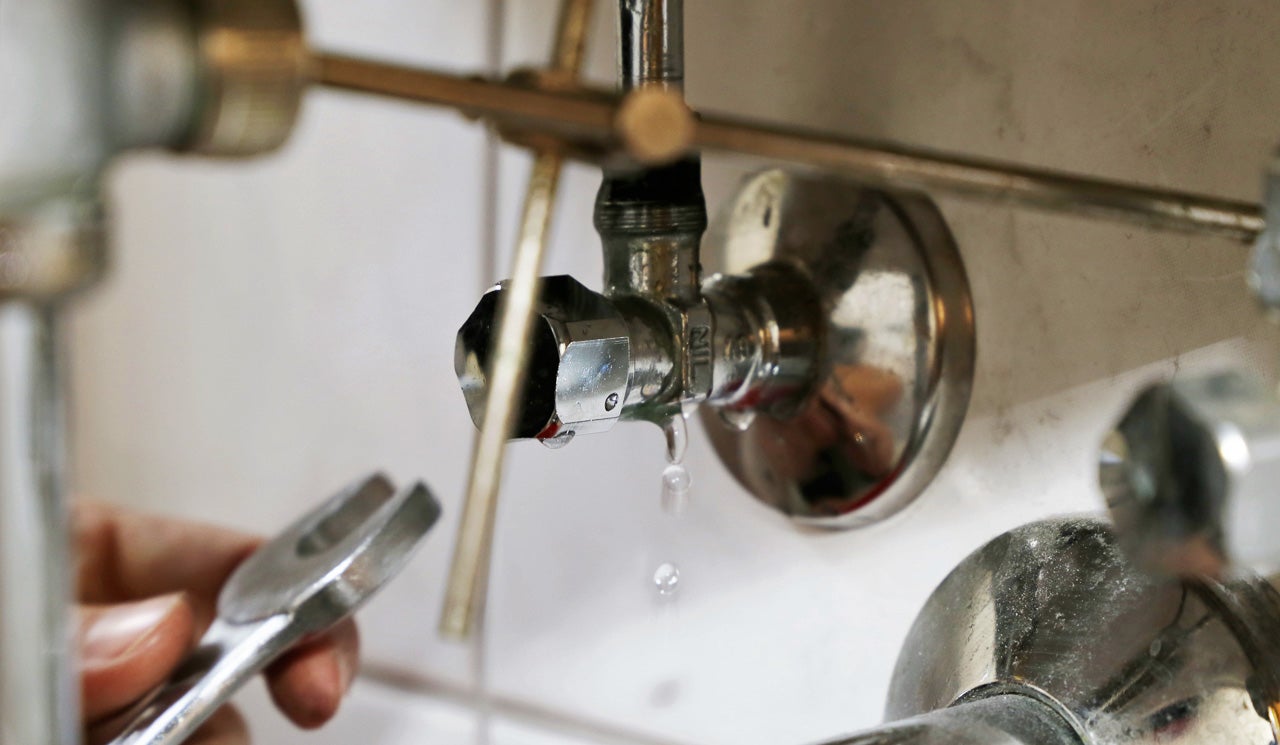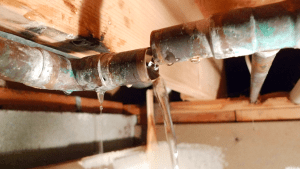6 Ways to Discover Concealed Water Leakages in Your House
6 Ways to Discover Concealed Water Leakages in Your House
Blog Article
They are making several good pointers on the subject of Leaking water lines overall in this great article which follows.

Early detection of dripping water lines can alleviate a prospective disaster. Some little water leakages may not be noticeable.
1. Take A Look At the Water Meter
Every home has a water meter. Checking it is a surefire manner in which assists you discover leaks. For beginners, shut off all the water sources. Make certain nobody will purge, utilize the faucet, shower, run the cleaning device or dishwasher. From there, most likely to the meter and watch if it will certainly alter. Since no person is using it, there need to be no motions. If it moves, that suggests a fast-moving leak. If you detect no adjustments, wait an hour or 2 and inspect back again. This indicates you might have a sluggish leakage that can also be underground.
2. Examine Water Intake
Analyze your water expenses and track your water consumption. As the one paying it, you should see if there are any inconsistencies. If you find sudden changes, in spite of your intake coinciding, it means that you have leakages in your plumbing system. Bear in mind, your water bill ought to fall under the same range monthly. An unexpected spike in your costs shows a fast-moving leak.
At the same time, a stable boost every month, despite the exact same behaviors, reveals you have a slow leak that's likewise gradually escalating. Call a plumber to extensively examine your residential or commercial property, particularly if you really feel a warm area on your floor with piping underneath.
3. Do a Food Coloring Test
When it concerns water consumption, 30% comes from toilets. Examination to see if they are running effectively. Decline specks of food color in the container and also wait 10 mins. There's a leakage in between the tank and also dish if the color somehow infiltrates your dish throughout that time without flushing.
4. Asses Exterior Lines
Do not fail to remember to inspect your outside water lines also. Test faucets by attaching a garden tube. Must water permeate out of the link, you have a loose rubber gasket. Change this as well as make sure all connections are limited. It will certainly help obtain it expertly examined and also maintained each year if you have actually obtained a lawn sprinkler system. One little leak can throw away lots of water and spike your water costs.
5. Evaluate as well as Evaluate the Situation
House owners must make it a habit to examine under the sink counters and also inside closets for any bad odor or mold development. These two warnings show a leakage so punctual focus is needed. Doing routine evaluations, even bi-annually, can save you from a major problem.
Check for discolorations as well as damaging as many pipes and also devices have a life span. If you presume leaking water lines in your plumbing system, don't wait for it to rise.
Early detection of dripping water lines can reduce a possible calamity. Some small water leakages may not be noticeable. Examining it is a proven means that assists you discover leaks. One tiny leakage can throw away heaps of water and spike your water expense.
If you presume dripping water lines in your plumbing system, don't wait for it to escalate.
WARNING SIGNS OF WATER LEAKAGE BEHIND THE WALL
PERSISTENT MUSTY ODORS
As water slowly drips from a leaky pipe inside the wall, flooring and sheetrock stay damp and develop an odor similar to wet cardboard. It generates a musty smell that can help you find hidden leaks.
MOLD IN UNUSUAL AREAS
Mold usually grows in wet areas like kitchens, baths and laundry rooms. If you spot the stuff on walls or baseboards in other rooms of the house, it’s a good indicator of undetected water leaks.
STAINS THAT GROW
When mold thrives around a leaky pipe, it sometimes takes hold on the inside surface of the affected wall. A growing stain on otherwise clean sheetrock is often your sign of a hidden plumbing problem.
PEELING OR BUBBLING WALLPAPER / PAINT
This clue is easy to miss in rooms that don’t get much use. When you see wallpaper separating along seams or paint bubbling or flaking off the wall, blame sheetrock that stays wet because of an undetected leak.
BUCKLED CEILINGS AND STAINED FLOORS
If ceilings or floors in bathrooms, kitchens or laundry areas develop structural problems, don’t rule out constant damp inside the walls. Wet sheetrock can affect adjacent framing, flooring and ceilings.
https://www.servicemasterbyzaba.com/blog/how-to-detect-water-leakage-in-walls/

I am just very intrigued by Hacks to detect leaks and I am assuming you enjoyed reading our article. Loved our content? Please share it. Let another person check it out. I praise you for your time. Visit again soon.
Report this page